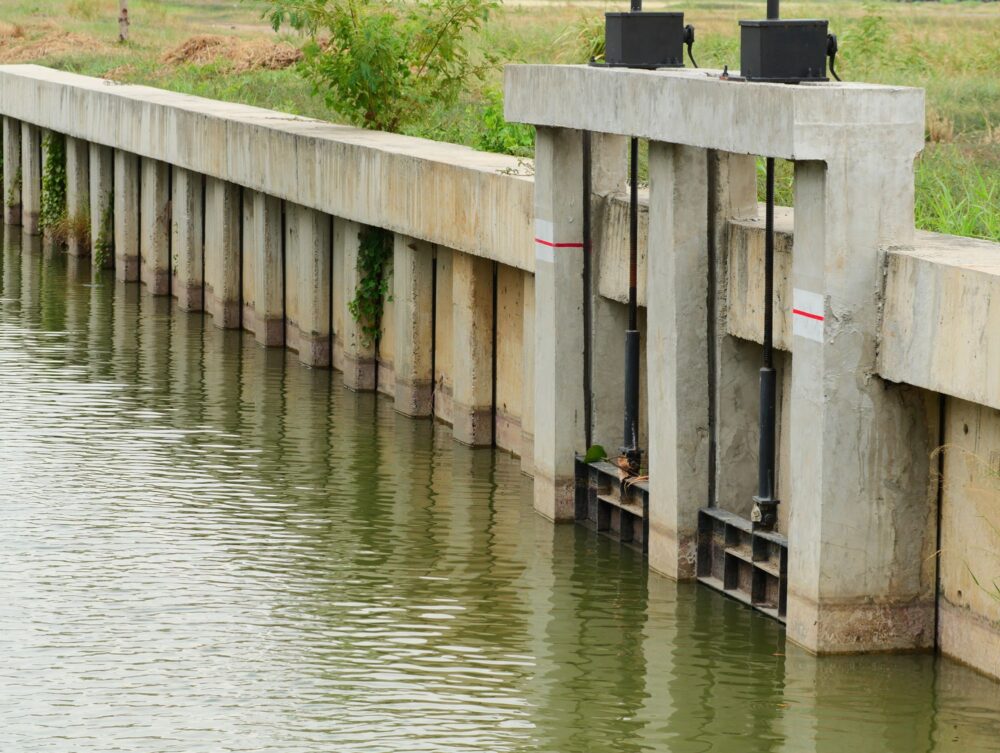
A property located within a confirmed flood zone can cause a significant effect on the cost of ownership, even if no actual floods occur. While flood zones are categorized into different levels, preparing your home for the worst is always a smart move.
Here are some steps you can take in order to get a better picture of the flood risk your home might face, and how you can protect against it.
Use the FEMA Website
The Federal Emergency Management Agency (FEMA) website has a feature called the Flood Map Service Center, an easy-to-use online tool that can help you determine whether your home is located in a flood zone.
All you need to do is input the area, coordinates, or your home address on the website, and it will display information on the flood zones, floodways, and possible risk level in the area. There are also infrastructural and topographical information on features such as coastal barriers, levies, and base flood lines.
Reading the Flood Map
In case your home lies in a low flood risk area, you will see an indication that says “Area of Minimal Flood Hazard” in FEMA’s Flood Map Service Center. High risk areas are labeled “Special Flood Hazard Areas.”
FEMA organizes communities into individual flood zones, which are labeled using different letters in the alphabet. High risk areas are designated by the letters A and V, while low to moderate risk areas have zones that begin with letters B, C, or X.
You can find a more detailed explanation of the flood zone designations here.
Consider Getting Flood Insurance
Whenever lenders identify a property within a flood zone, most of them will require buyers to pay for flood insurance. This is because their collateral is at stake, since the property faces a risk which needs to be mitigated. Flood insurance can be very, very costly, and if it’s something you or the future owner of your home will need to cover on an ongoing basis, you want to be aware of the problem before you have to deal with it.
Many private carriers offer flood insurance policy packages, but you can also obtain government-sponsored flood coverage through the National Flood Insurance Program or NFIP.
Flood insurance can set you back from about $200 to $800 annually, but you can lower that cost by following guidelines set by the NFIP to protect your home against flooding. Learn more by visiting the NFIP website.
Purchase a Flood Sensor
One way to protect your home against flooding is to use a flood sensor, which will notify you of any possible water leaks. A flood sensor is capable of detecting leaks from washing machines, water heaters, and weather-related issues in basements.
There are also some home security systems that feature water detectors, which can act as an early warning device against flooding.
Stay Updated on Changes in Your Area
Flood zones in a particular area can change over time due to changes in topography or new construction developments. Remember to take note of any possible changes in your home’s flood zone designation every five years or so.
Searching for information on average house prices in New Jersey? Get in touch with Colleen Meyler, Broker-Associate today at 732.995.5102, or head to this page.